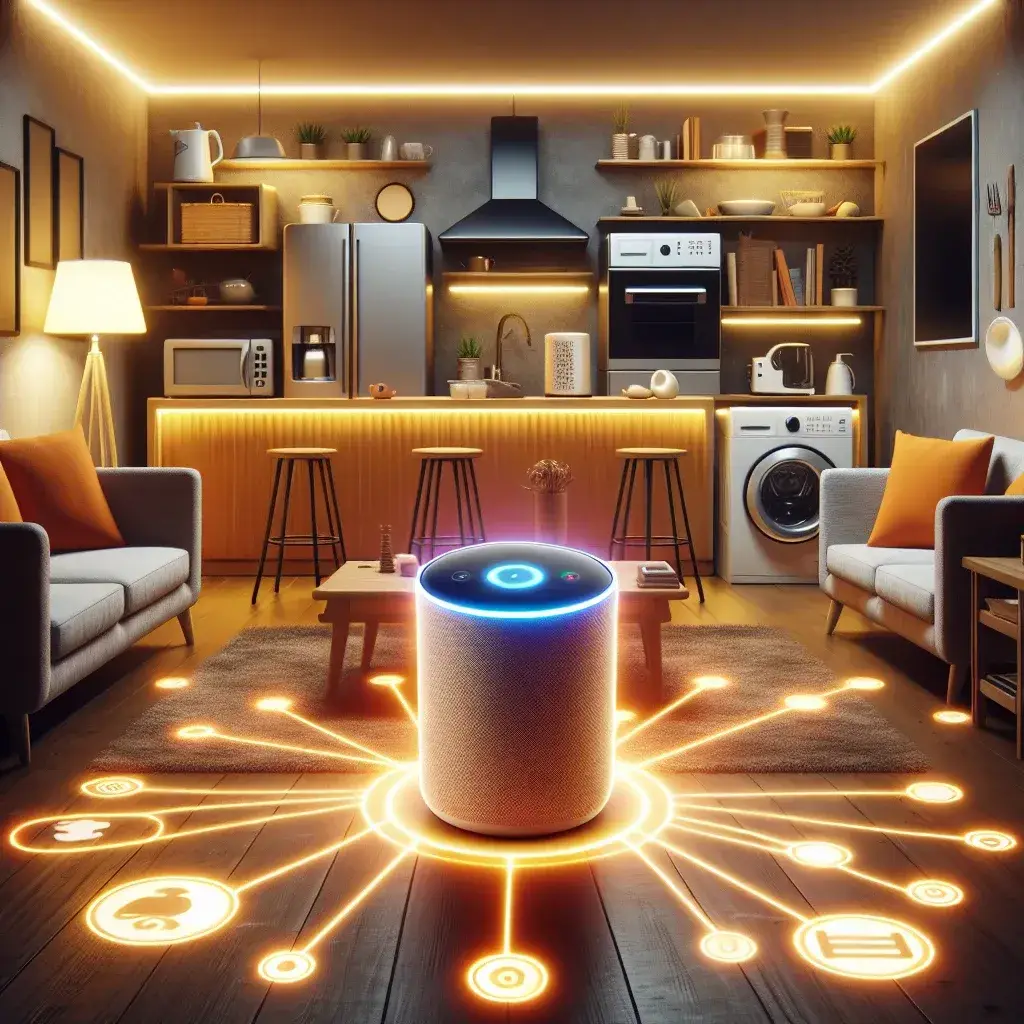
Introduction
In a world where technology is rapidly evolving, Amazon Alexa has emerged as a frontrunner in integrating artificial intelligence (AI) into everyday life. One of its latest innovations is the AI-powered household safety monitoring system, which aims to enhance the security of U.S. homes. This article delves into the capabilities, implications, and future prospects of this groundbreaking technology.
The Rise of AI in Household Safety
As safety concerns grow among homeowners, the need for effective monitoring systems becomes paramount. AI technology has proven to be an invaluable asset in this arena, providing advanced features that traditional systems lack. With the advent of smart home devices, integrating AI into household safety has become not only feasible but also highly beneficial.
What is AI-Powered Household Safety Monitoring?
AI-powered household safety monitoring refers to the use of artificial intelligence algorithms to enhance the detection and response capabilities of security systems. By leveraging data analytics, machine learning, and real-time monitoring, these systems can identify unusual activities, potential threats, and emergencies more effectively than conventional methods.
Key Features of Amazon Alexa’s Safety Monitoring
- Real-Time Alerts: Amazon Alexa can notify homeowners of potential dangers, such as break-ins or fire hazards, instantly.
- Integration with Smart Devices: Alexa can communicate with other smart home devices, such as cameras, door locks, and alarms, to create a cohesive safety network.
- Voice Activation: Users can control the safety features hands-free, providing an added layer of convenience and accessibility.
- Learning Capabilities: The AI can learn from user habits, improving its monitoring capabilities over time.
Historical Context: The Evolution of Home Security
The concept of home security has evolved significantly over the years. From traditional locks and bolts to advanced security systems featuring cameras and alarms, the journey has been transformative. The integration of AI into this landscape marks a new era, where machines not only respond to threats but also analyze patterns of behavior to predict potential issues.
Early Security Systems
In the early days, home security primarily relied on physical barriers, such as locks and shutters. As technology progressed, surveillance cameras and alarm systems became mainstream. However, these systems were often reactive rather than proactive, responding to incidents rather than preventing them.
The Advent of Smart Technology
The introduction of smart home devices brought a paradigm shift. Homeowners began to embrace automation, enabling devices to communicate and respond to one another. However, the integration of AI took this a step further, allowing for predictive analytics and real-time monitoring.
Benefits of AI-Powered Monitoring
The benefits of AI-powered safety monitoring are numerous and impactful:
- Enhanced Security: With real-time monitoring and alerts, homeowners can address potential issues before they escalate.
- Peace of Mind: Knowing that a reliable system is in place allows homeowners to feel more secure in their living environments.
- Cost-Efficiency: AI systems can potentially reduce insurance costs by minimizing the risk of theft or damage.
Challenges and Considerations
While the advantages are compelling, there are challenges to consider:
- Privacy Concerns: The use of cameras and microphones raises questions about data privacy and surveillance.
- Dependency on Technology: Relying heavily on technology can lead to vulnerabilities if systems fail or are compromised.
- Cost of Implementation: The initial cost for smart devices and AI systems can be significant, making it less accessible for some homeowners.
Future Predictions for Home Safety Technology
The future of household safety monitoring looks promising, with continued advancements in AI technology. Here are some predictions:
Increased Personalization
As AI systems become more sophisticated, we can expect a greater level of personalization in safety monitoring. Homeowners will have customized alerts, settings, and responses tailored to their unique needs.
Interconnectivity Among Devices
The future will likely see an even more significant integration of various smart devices, creating a unified safety ecosystem where everything works in harmony.
AI Ethics and Regulation
As AI technology expands, discussions around ethics and regulations will gain momentum. Striking a balance between safety and privacy will be crucial.
Real Examples of AI in Action
Various homeowners have already experienced the benefits of Amazon Alexa’s AI-powered monitoring:
Case Study 1: The Johnson Family
The Johnson family installed an Alexa-powered security system after experiencing a minor break-in. They reported feeling more secure with real-time alerts and the ability to monitor their home remotely. The integration with their smart locks and cameras provided an extra layer of safety.
Case Study 2: The Smiths
The Smiths have embraced the AI capabilities of Amazon Alexa, using the system to manage not just security but also daily routines. They appreciate the hands-free voice activation, which allows them to adjust safety settings without interrupting their daily activities.
Cultural Relevance
In today’s fast-paced society, the need for safety is paramount. The integration of AI technology into household monitoring systems resonates with a cultural shift towards valuing security and convenience. Families are increasingly looking for ways to protect their homes while balancing busy lifestyles.
Conclusion
Amazon Alexa’s piloting of AI-powered household safety monitoring is a transformative step towards enhancing security in U.S. homes. While challenges exist, the benefits far outweigh the drawbacks, making it an appealing option for homeowners. As technology continues to evolve, we can expect even more innovative solutions that prioritize safety, convenience, and peace of mind.
